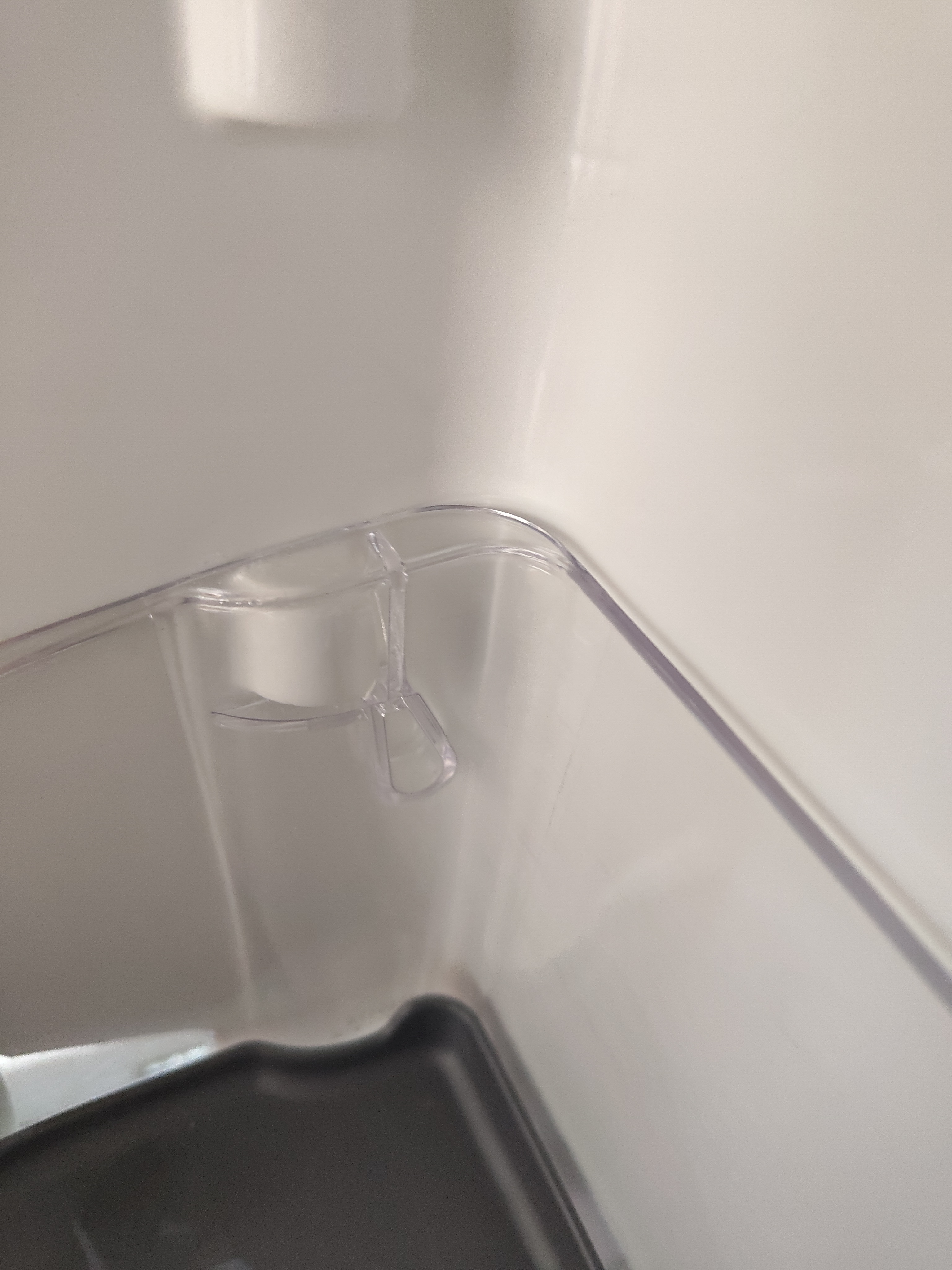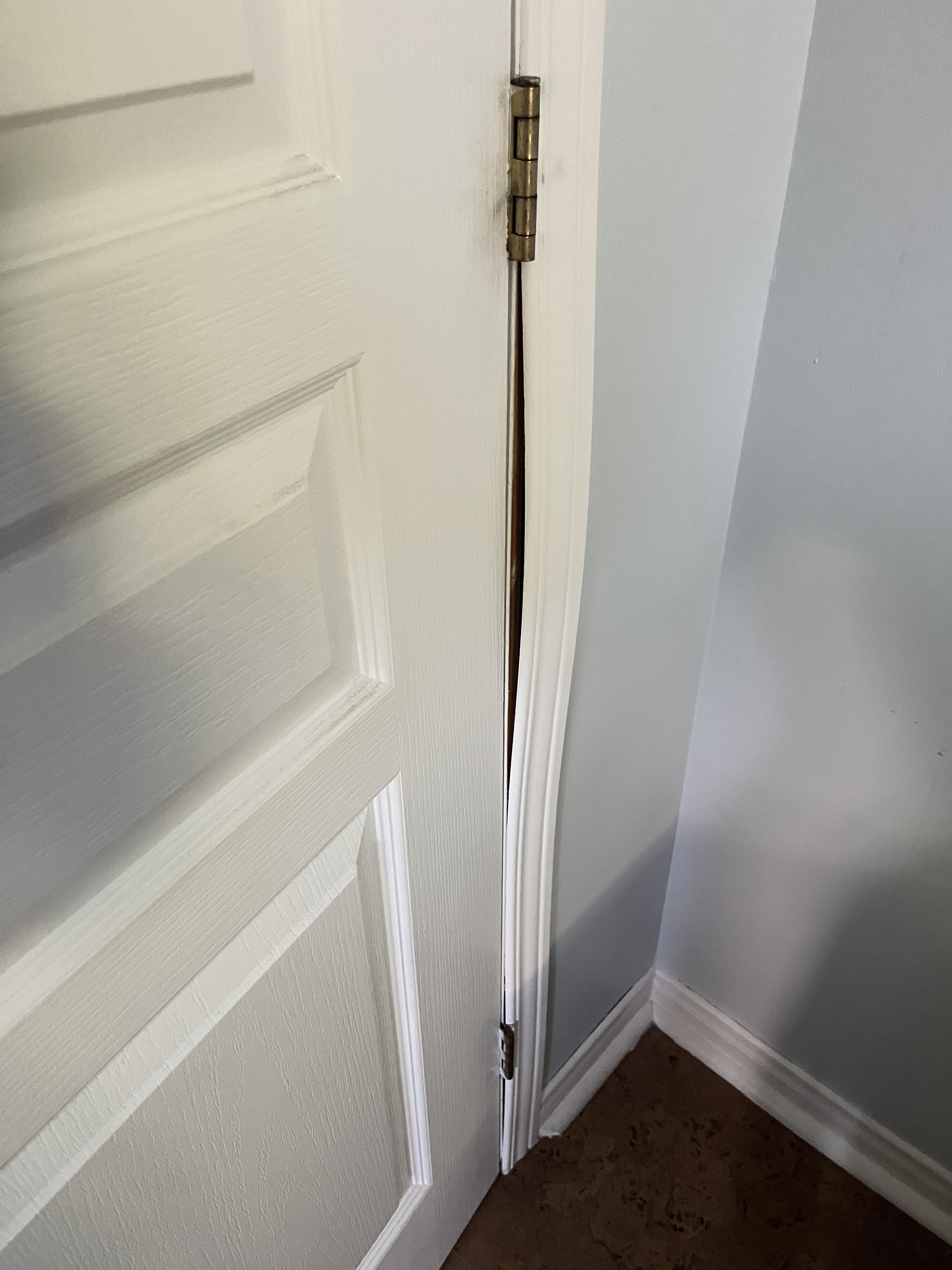This is really RV improvement, not home improvement, but I figure you would appreciate this.
We have a 1995 Airstream travel trailer that we bought in 2011. It still has the original rooftop air conditioner, which still cools very well.
During one trip, the air conditioner seemingly stopped working, but when I turned the thermostat down all the way, it cycled on again. After some trial and error, we found that it was now about 10 degrees off - if we wanted 72 degrees inside, we had to set the thermostat to 62. "Well," I said. "This thing is probably on the way out, and we'll be buying a new AC soon."
That was August, 2013. It continued to work that way until this January, during a trip to Disney World in Florida. It was cold enough early on that we didn't need the AC at all; in fact we got a picture of ourselves in the Magic Kingdom wearing our winter coats.
Later in our stay, it did warm up enough to need the AC, but now, with the thermostat on the lowest setting possible (60), we were only getting down to about 78 in the trailer. I had the trailer on a trip a few weekends ago, and had the same thing then; the problem didn't magically fix itself. Both times, it cooled and cycled on and off perfectly, as though 78 was the temperature I had selected.
78 isn't too bad, but it's like, what's next? When will it decide that, say, 90 is low enough? We travel with pets, and it's just not something I want to deal with. And neither of us sleep well in warm temperatures - and inevitably the cats and dog will curl up with us in that situation, making matters worse.
Maybe I'm cheap, but I hate to toss a working AC unit. And I like how that unit works - it's quieter than many new ones (not at all quiet, but quieter), and it can either run the fan constantly or change the fan speed as needed. It also has a heat strip, basically an electric heater, whereas newer ones have a heat pump instead - more efficient, but they don't work below about 45 degrees (I know home units can do much better than that, but RV units do not).
Note for this, the thermostat is right on the unit in the ceiling - it's not a separate part on the wall like in a house or even in newer RVs. Or even in some other RVs of that era, really. The actual control to set the temperature is a slider with markings that run from 60 to maybe 90.
Anyway, I figured the problem had to be either in the slider to set the temperature, or however it sensed the temperature. The slider seemed unlikely, because the issue is extremely consistent, and you'd think the slider wearing out would mean it would work sometimes and not others, that sort of thing, especially in a vehicle that gets bounced around on the road a lot. So that left the temperature sensor. I learned what a thermistor is - a variable resistor that changes resistance based on the temperature, and I realized one was mounted on the control board, with a section of the board carved away around it to let air get to it easily.
I ordered an assortment of thermistors from Amazon. I guessed it might be a 10k ohm thermistor, but I really didn't know for sure, and if the old one is bad, I can't trust the readings from it. I still can't find any documentation that states it either - it's 30 years old, and RV air conditioners tend to be disposable, and even if someone did diagnose it, they'd probably just replace the board. So, figuring I had nothing to lose, I desoldered the old one and soldered in a new 10k thermistor, and I put the board back in the AC.
IT WORKED! With the thermostat set to 70, it cycled off at about 72, which is good enough for us (and within the bounds of measurement errors on the thermometers I was using). Putting the thermistor in the cold air flow for a moment caused it to cycle off immediately. I'll have to test it more to see if the thermostat is roughly accurate (there are different 10k thermistors), but it's definitely usable, even if the thermostat isn't perfectly accurate.
Total cost, about $12 and a few hours, most of that sitting in an air conditioned trailer to see what would happen. Versus probably $1500 for a new AC installed. And I learned something and practiced my rarely used desoldering and soldering skills!
Now I just have to find a use for the other 99 thermistors...














